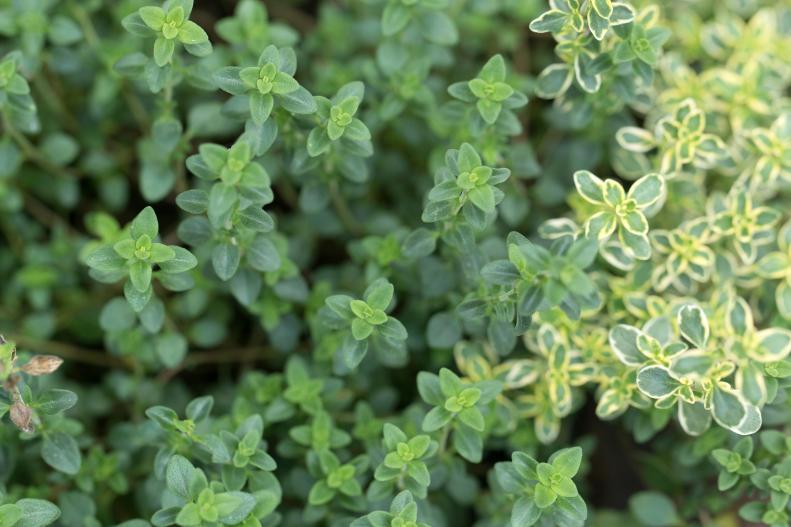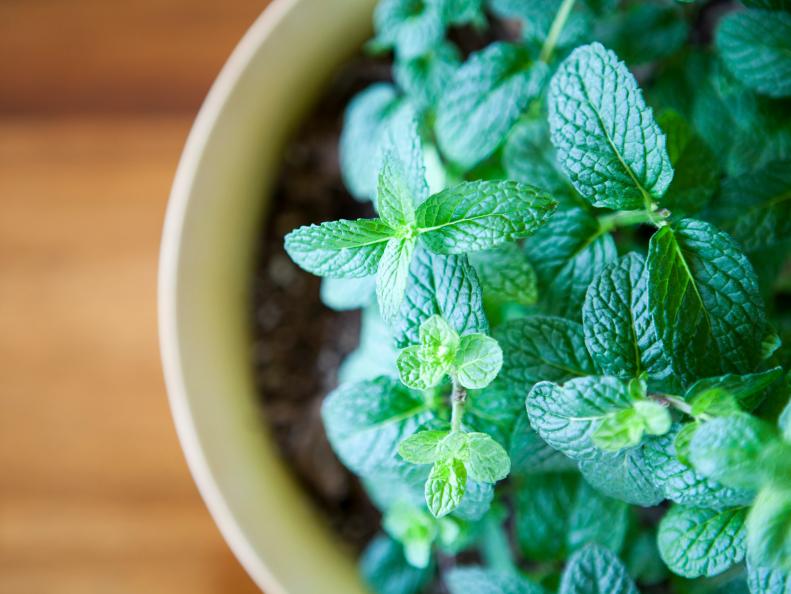1 / 24
Photo: Shutterstock
Thyme
Most varieties of thyme will tolerate part shade. Let the soil slightly dry out between waterings. Try planting it with other flowers and herbs for a fragrant container.









